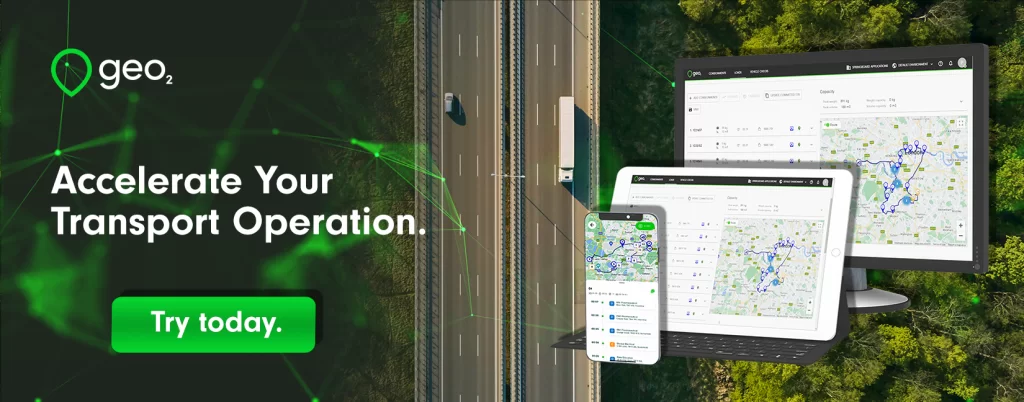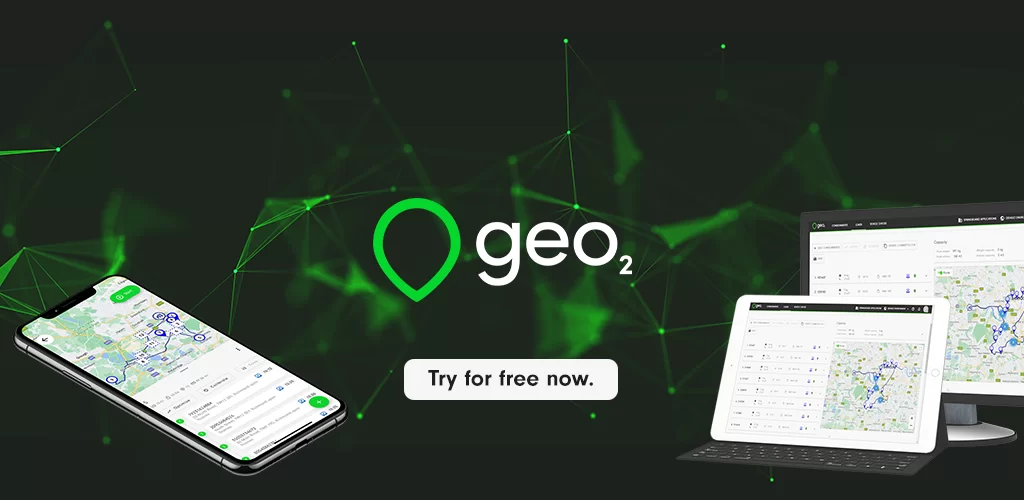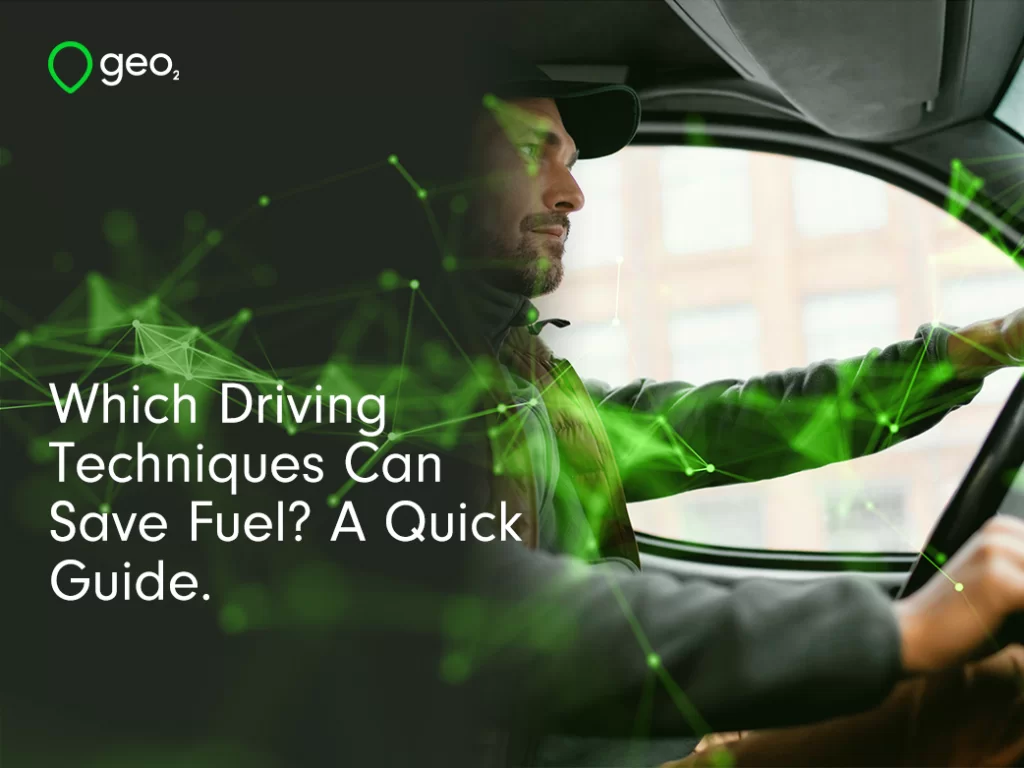
Which Driving Techniques Can Save Fuel? A Quick Guide.
Introduction.
Environmental concerns to our world are one of the biggest pressing issues of our generation. However, the economy and high fuel prices are also a major concern for everyone right now. Knowing how to save fuel while driving is a valuable skill. Not only does it benefit you by saving money and reducing your outgoings, but it also reduces your carbon footprint.
In this article, we will explore the various driving techniques that can help you save the most fuel.
Need help choosing a TMS?
Download the Free Guide Now.
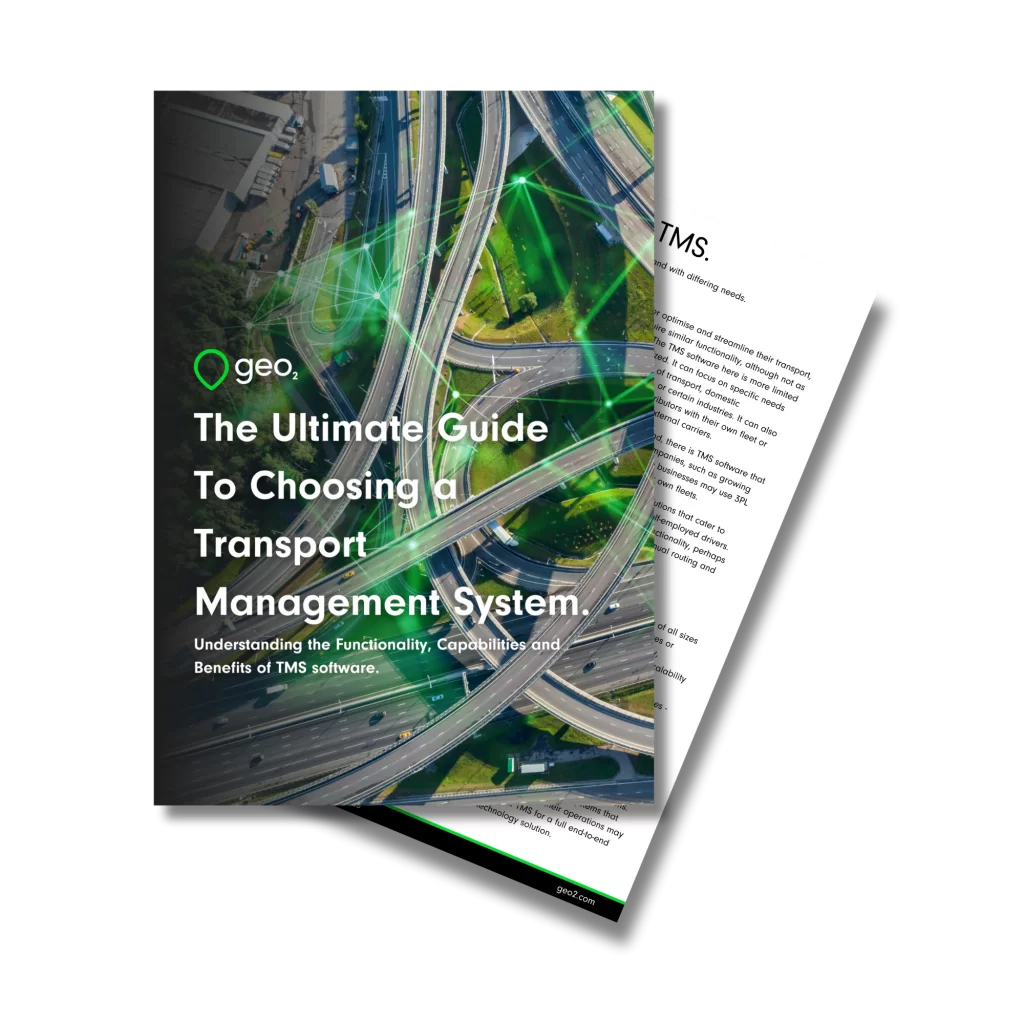
Table of Contents.
1. Smooth Acceleration and Braking.
One of the most effective ways to save fuel is to practice smooth acceleration and braking. Sudden starts and stops not only consume more fuel but also wear out your vehicle’s engine and brakes faster. When you accelerate gently and anticipate stops, you can significantly improve your fuel efficiency.

Table of Contents.
2. Maintain a Steady Speed.
Constantly changing your speed, especially on the motorway, can lead to excessive fuel consumption. Try to maintain a steady speed whenever possible. This allows your vehicle’s engine to operate at its most efficient level, ultimately saving fuel.
3. Proper Tyre Maintenance.
Your tyres play a crucial role in fuel efficiency. Underinflated tyres create more rolling resistance, which can result in increased fuel consumption. Regularly check your tyre pressure and keep them properly inflated as per your vehicle’s recommendations.
4. Reduce Idle Time.
Leaving your engine running when parked or waiting in traffic wastes fuel unnecessarily. If you anticipate being stationary for more than a minute, it’s better to turn off your engine.
Many modern cars have a vehicle start-stop system built in. If activated, the engine becomes dormant when the car is stationery. This reduces fuel consumption when stopped in traffic or waiting.
5. Use the Right Gear.
For manual transmission vehicles, using the right gear at the right time is essential for fuel efficiency. Shift up as soon as you can without straining the engine, and downshift when necessary to maintain the engine’s efficiency.
6. Lighten the Load.
Having excess weight in your vehicle can lead to higher fuel usage. Clean out your vehicle and remove roof racks or carriers when not in use. The less weight your vehicle has to move, the less fuel it will burn.
As a delivery driver, the amount of fuel the vehicle will use will reduce naturally throughout the day. As customers receive their goods throughout the day, the weight of the vehicle decreases. Therefore, the vehicles fuel consumption reduces throughout the day.
7. Plan Your Routes.
Efficient route planning can save both time and fuel. Use GPS apps or navigation systems that consider real-time traffic conditions and provide the shortest, most fuel-efficient routes.
If you are a delivery driver, use a route planner and route optimiser app, such as Geo2. This can help you plan your routes in advance, creating the most optimsed route and avoiding traffic. This can help you save time, fuel, and money.
8. Avoid Excessive Speed.
Driving over the speed limit dangerous for you, your passengers and other road users. However, not only is it dangerous, but it increases fuel consumption.
Driving at high speeds increases the demand on the car’s engine, and significantly increases air resistance. In turn, thisn leads to higher fuel consumption. Stay safe, keep others safe, and save fuel, by sticking to the speed limit.
9. Utilize Engine Stop-Start Systems.
Many modern vehicles come equipped with engine stop-start systems. These systems automatically turn off the engine when the vehicle is stationary and restart it when you release the brake. They can significantly reduce fuel consumption in city driving conditions.
10. Combine Trips.
Whenever possible, try to combine multiple errands into a single trip. Cold starts are less fuel-efficient, so minimizing them by grouping your activities can help save fuel.
Using a route planner and route optmisation app, such as Geo2, helps reduce repeat trips. It does this by making sure you are maximising the space used on your vehicle for the journey you are taking. If you deliver goods this way, you won’t need to make multiple trips, saving fuel and time.
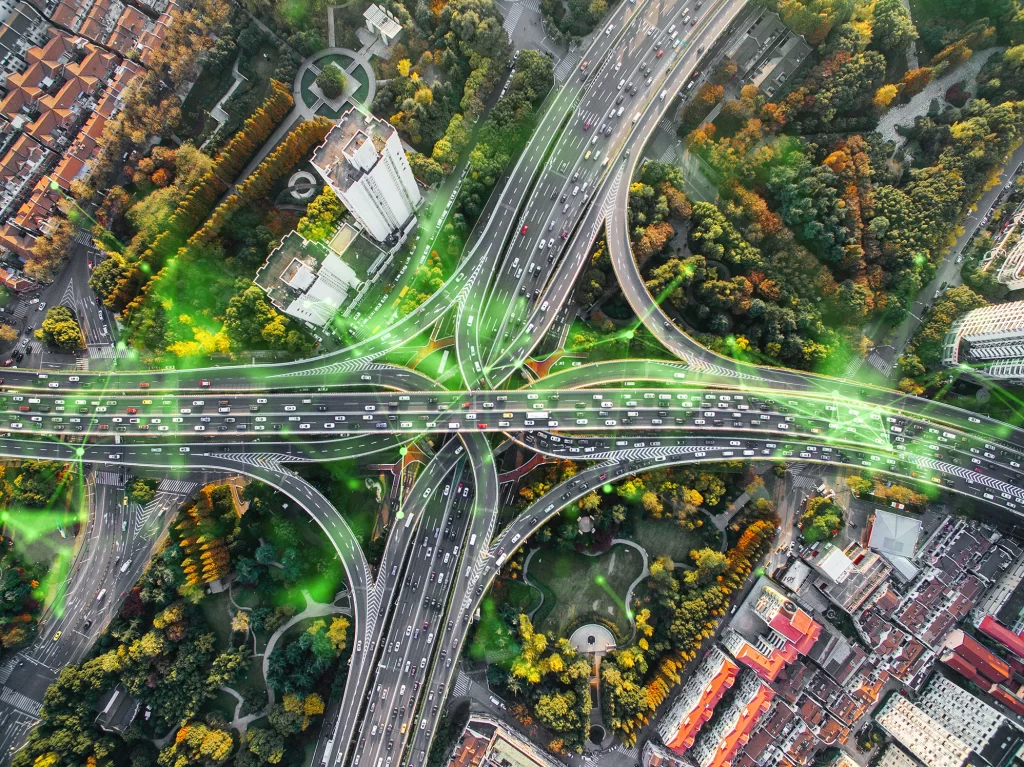
11. Consider Using Eco-Mode.
If your vehicle has an eco-mode feature, use it. Eco-mode adjusts the engine’s performance to maximize fuel efficiency. While it may reduce overall power, it can save you money at the pump.
Eco-mode helps you reduce your fuel consumption, while also reducing the environmental impact of each journey.
12. Properly Maintain Your Vehicle.
Regular vehicle maintenance is crucial for fuel efficiency. Change the oil, replace air filters, and follow the recommended service schedule of the manufacturer. A well-maintained vehicle runs more efficiently and burns less fuel.
Conclusion.
There are numerous driving techniques that can help you save fuel and reduce your carbon footprint. By driving smoothly, maintaining a steady speed, and taking care of tires, we can all help the environment and save money. Using these strategies while driving, you can save fuel, lower emissions, and help create a greener, more sustainable future.
By using these strategies when you drive every day, you can save fuel, reduce pollution, and help create a better future. Even small changes in your driving habits can add to substantial environmental and fuel savings.
Why Consider Geo2?
Geo2 is a cloud-based system, with an app and web platform that was developed by Springboard Applications, a subsidiary of Balloon One.
It is a scalable system that can be used by a wide range of businesses, from independent delivery drivers, right up to enterprises and 3PLs that manage their own fleets.
Here is a summary of the main features and benefits:
- Sophisticated route planning and optimisation
- Cloud-based system accessible via the web
- Mobile driver app (Android and iOS)
- Proof of delivery
- Status updates and notifications
- Real-time fleet tracking
- API for integration with ERP, WMS and other supply chain software
- Fully scalable
- Subscription-based pricing
- Free version for single users
Geo2 is designed to help you make the most deliveries in the shortest amount of time, while minimising costs and fuel consumption.
